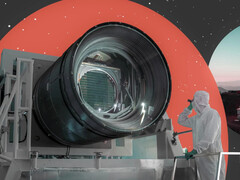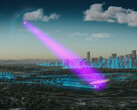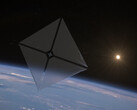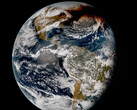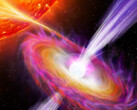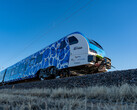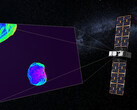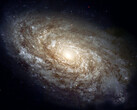The first use of the recently completed and probably largest digital camera in the world will last at least 10 years. The huge resolution of 3.2 gigapixels will scan the southern night sky from an elevated position.
The camera will be transported to the Vera C. Rubin Observatory in the Chilean Andes. There, at an altitude of less than 3,000 meters, it will almost always have a perfect view thanks to the extremely dry air and thinner atmosphere.
It should be able to photograph the entire night sky in just a few days. At the same time, the data volume is 30 terabytes per day or 6,000 terabytes per year, because on a few days it is not perfect photographic weather after all. Millions of photos will then hold some new secrets.
Big sensor, big targets
The dimensions of the elaborate construction are gigantic. It is made up of 189 individual CCD sensors, each with 16 megapixels. Something like this now fits into every smartphone lens. However, if you want to obtain an undisturbed image, you should plan for 10 x 10 centimetres (4 x 4 inches) per unit.
This results in a diameter of 165 centimetres (5.4 feet) and an impressive weight of almost 3 tons. And of course, more than just visible light is recorded here. The sensitivity extends far into the infrared and ultraviolet range in at least five spectral bands.
Over the next few years, nothing less than an extremely high-resolution film of all objects visible in the southern sky is to be created. In addition to the search for tiny asteroids in our own solar system, the really big questions will also be tackled.
The observation of gravitational lenses will help to verify the existence of dark matter. Due to strong gravitational forces, such objects bend the light of stars and galaxies behind them around themselves. It therefore appears as if there is a lens in space through which these regions of space are viewed.




